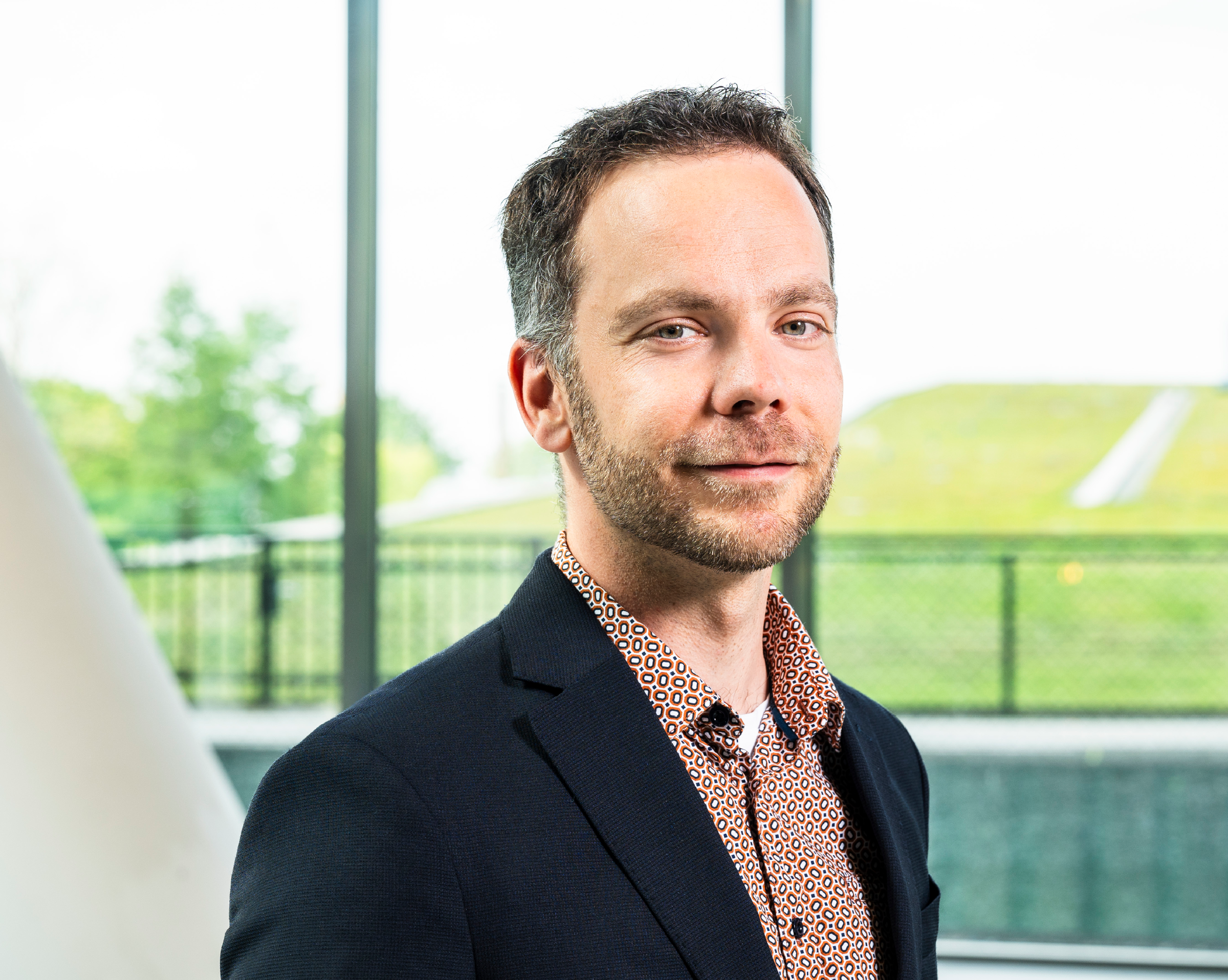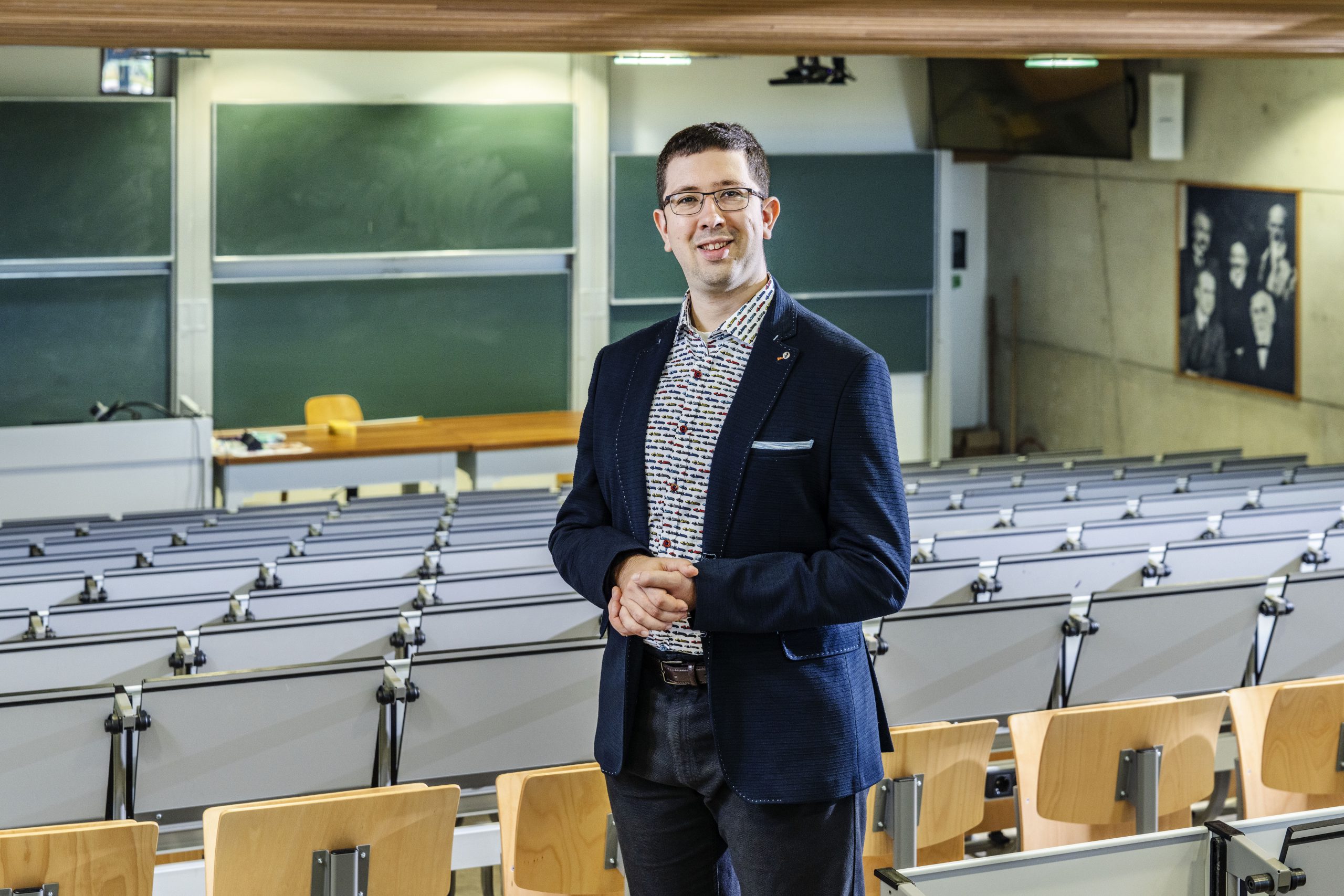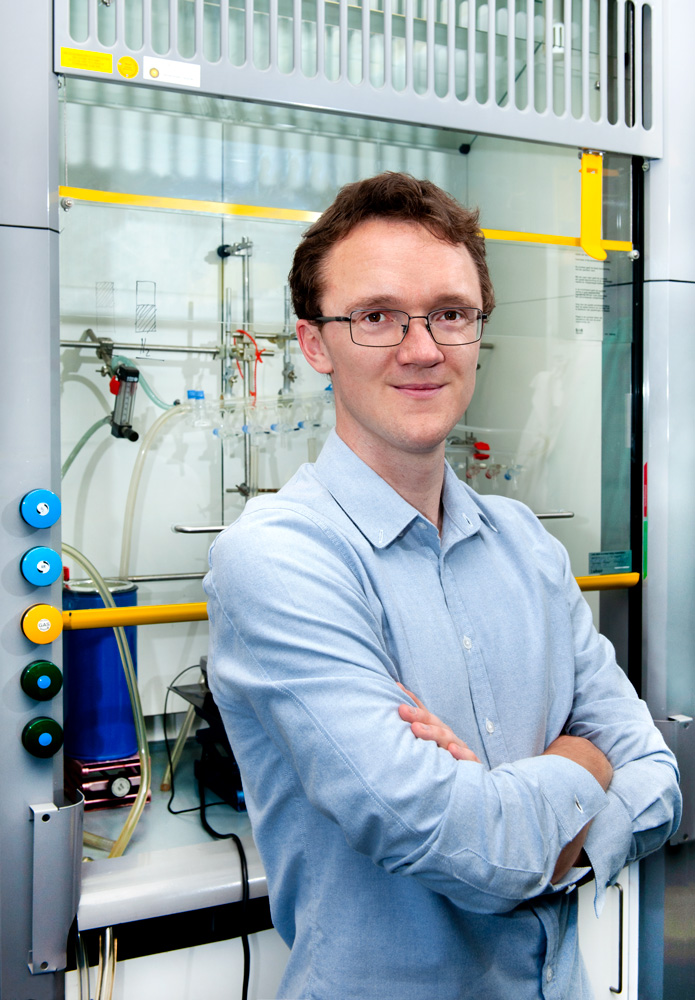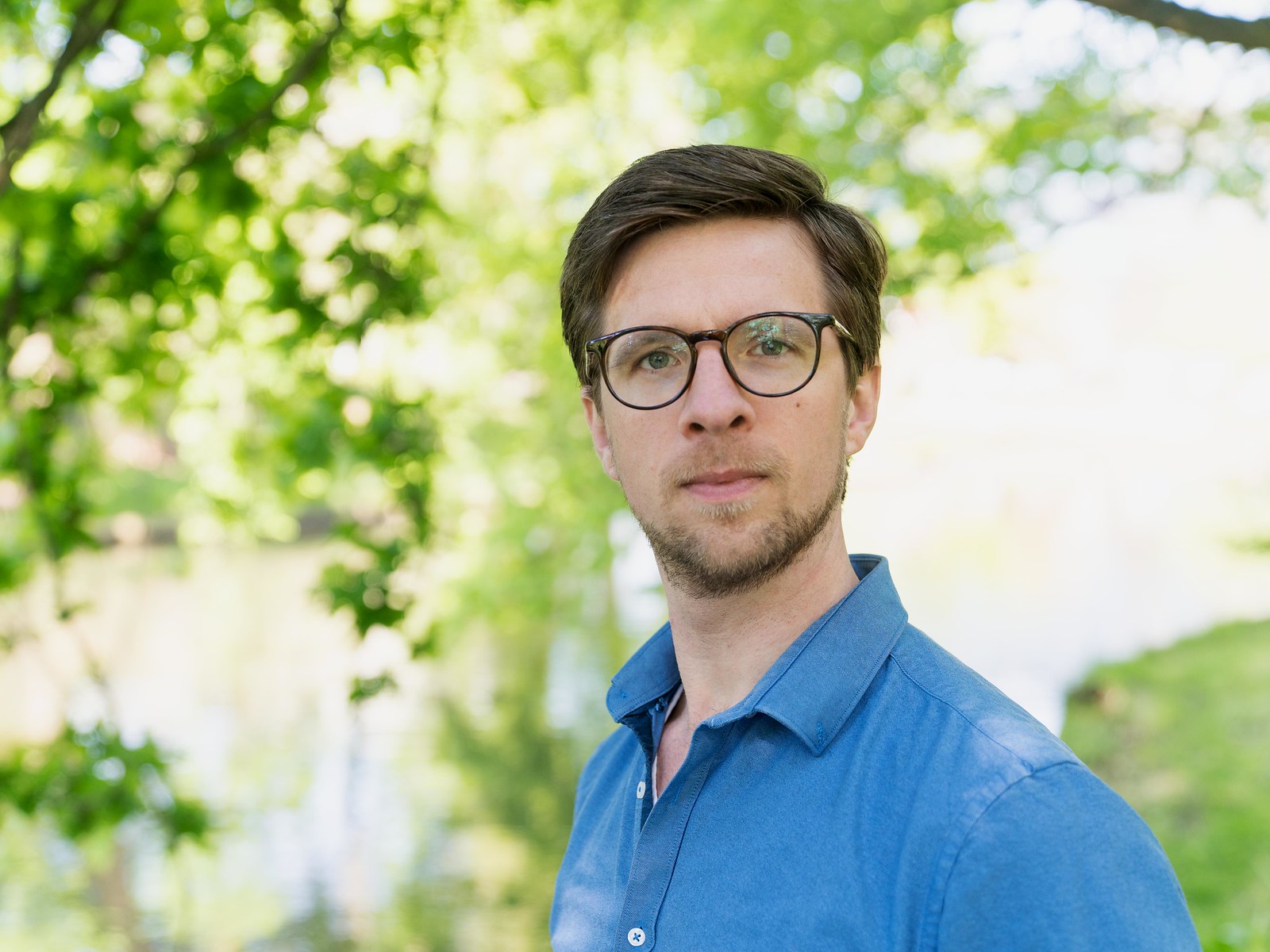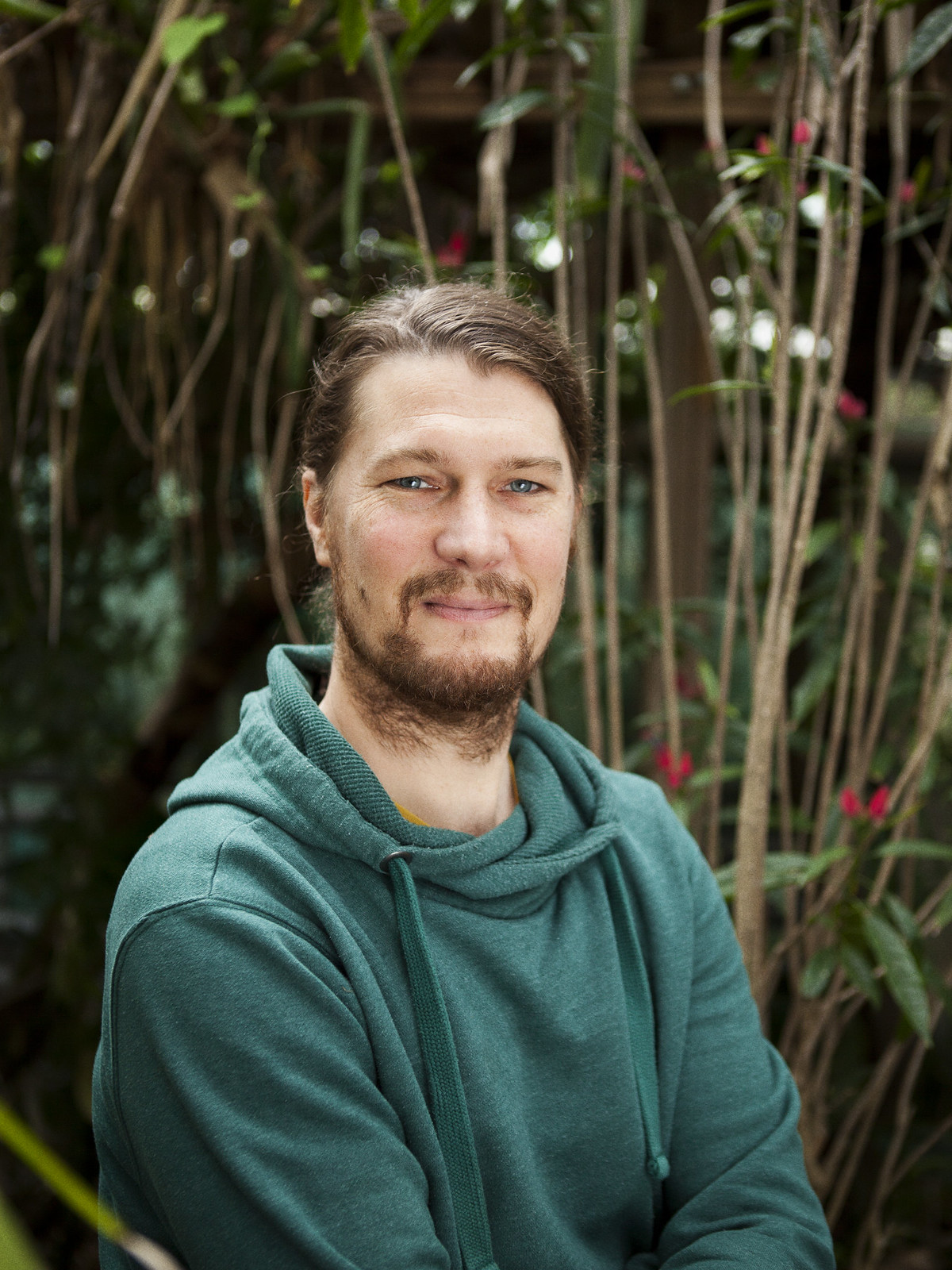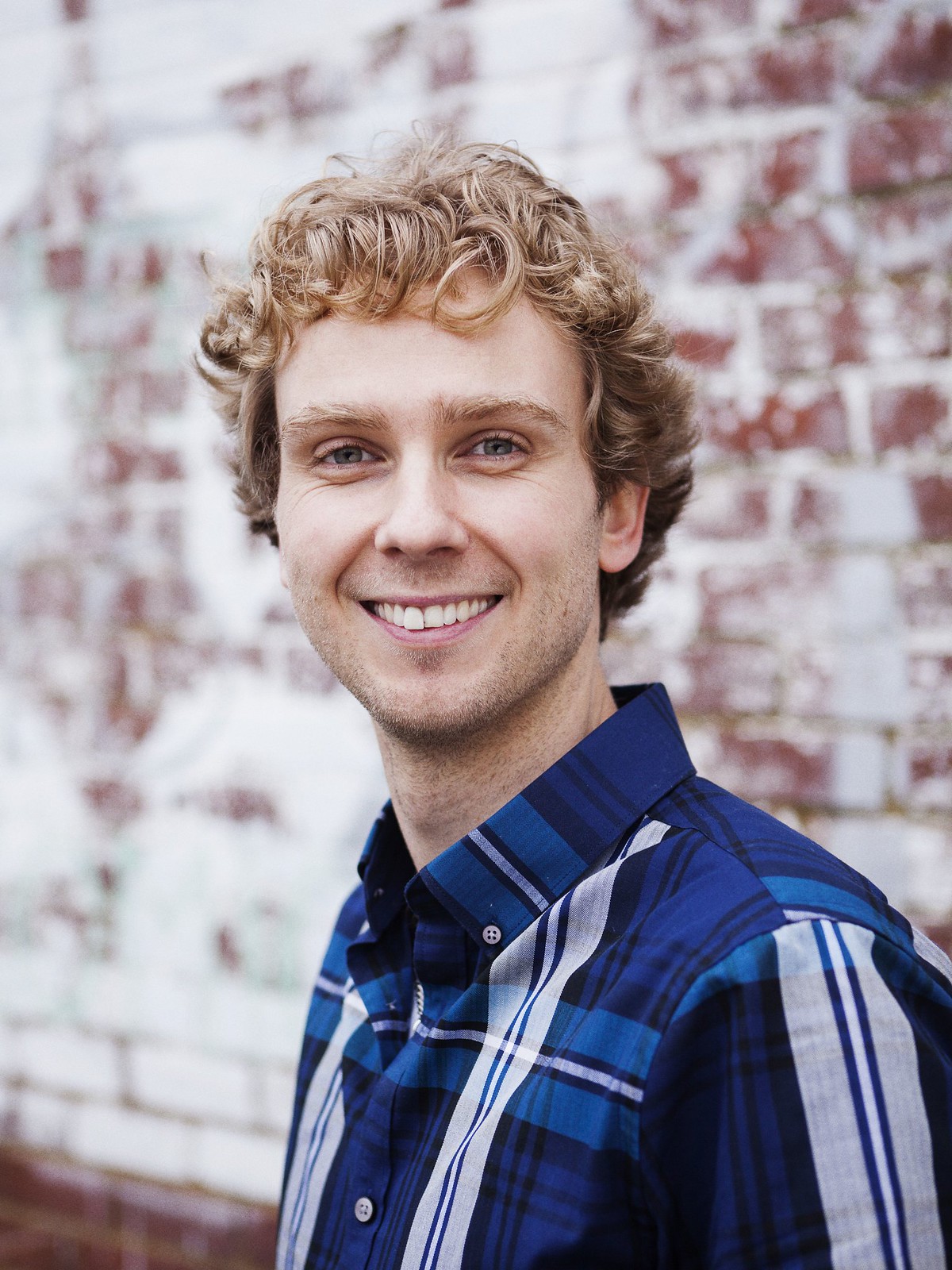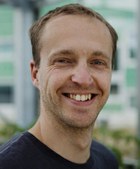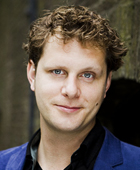Casper van der Kooi (1990), an evolutionary biophysicist at the University of Groningen, is the recipient of the Heineken Young Scientists Award in the Natural Sciences. The jury commends his work for its scientific excellence and significant social value. Van der Kooi studies how flowers and animals, such as butterflies, get their colours and how these colours are used to attract pollinators or mates. Thanks to his work, we now better understand communication between animals, as well as between plants and animals.
Charlene de Carvalho-Heineken established the Heineken Young Scientists Awards in 2010 to honour young scientific talent for their outstanding achievements. Since then, the prize has been awarded every two years to four highly promising young researchers affiliated with a Dutch university or research institute and who are working in one of the following domains: Medical/Biomedical Sciences, Humanities, Natural Sciences, and Social Sciences. Each laureate receives an unrestricted cash prize of €15,000 as a reward.
Plant research
Why is a daisy white and a dandelion yellow? Across the world, millions of flowers in all kinds of colours. But why do flowers have these colours, and where do they come from? This is what Casper van der Kooi studies. Plants use flowers to catch the eye of pollinators such as bees and birds, with colours playing an essential role. Van der Kooi’s research has revealed that a flower’s colour is determined not only by its pigments, but also by its internal structure. Flowers consist of several layers of cells which reflect light in different ways. The properties of these cell layers, together with the pigments, determine the flower’s appearance.
Van der Kooi also investigates how the appearance of plants evolves to make them maximally visible to their pollinators. Flowers seem to appear their colour and brightness. Accordingly, this is because not all pollinators perceive the same colours, or they see some colours more vividly than others. For instance, many insects are unable to see red. Nature, in its wisdom, has ensured that flowers that rely on insects for pollination are never red.
Van der Kooi enjoys doing field research but is just as happy looking through the microscope at cell structures in his greenhouse in Groningen. Here, he grows plants from around the world, studying how pollinators perceive flowers and using this knowledge to discover how different flower colours are created.
Butterfly research
Lately, Van der Kooi has also been focusing on butterflies. He studies how the colours of their wings form and evolve to best attract a mate. According to Van der Kooi, what makes butterflies unique is their brilliant colours and how dynamic they are. They fly around each other, continuously reflecting light in a different way. With his team, he is investigating how butterflies’ colours combined with their behaviour determines their attractiveness to potential partners.
Jury praises multidisciplinary research
The jury has called Van der Kooi’s research multidisciplinary approach. To enable this type of research, Van der Kooi earned two PhDs: one in computational physics and another in evolutionary biology. By combining these areas of expertise, he crosses scientific boundaries. The jury believes this makes his work unique and of high quality. He also fulfils a social role by discussing biodiversity issues as a frequent guest on radio, TV, and in newspapers. With this, he hopes to bring the abstract concept of biodiversity to life, raising awareness of its importance among a broad audience. To appeal to a younger audience, he is also working on a children’s book about plant evolution.
About Casper van der Kooi
Casper van der Kooi (1990) studied evolutionary biology at the University of Groningen. He completed his PhD in computational physics in 2015 and in evolutionary biology in 2018. Following a postdoctoral position at the University of Groningen and a Humboldt Fellowship at the University of Würzburg in Germany, he rejoined the University of Groningen as a university lecturer in evolutionary biophysics in 2023.
Video
Casper van der Kooi, evolutionary biophysicist
